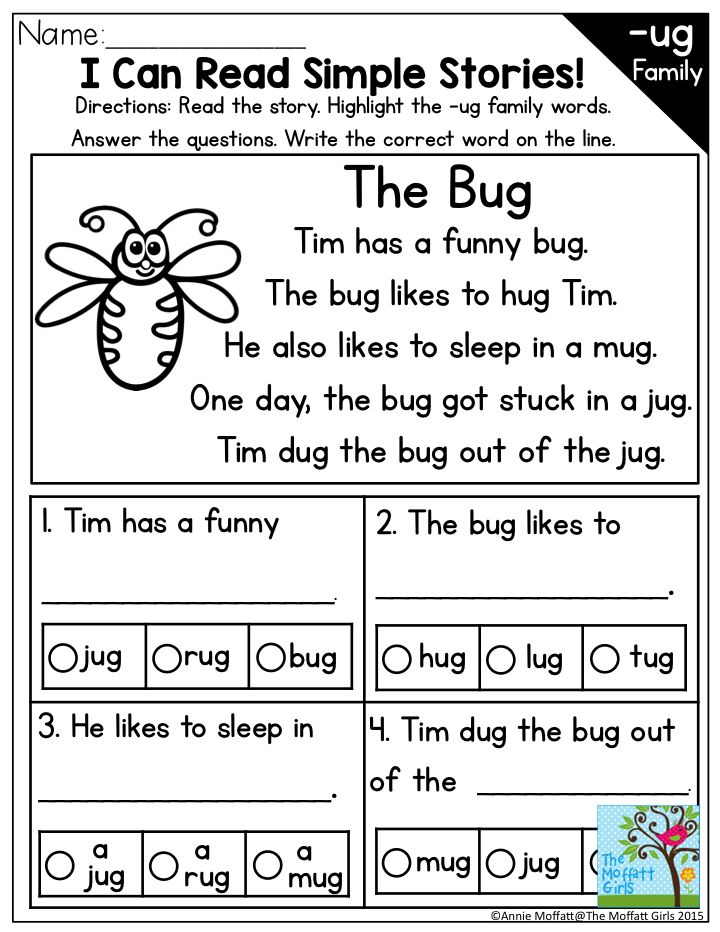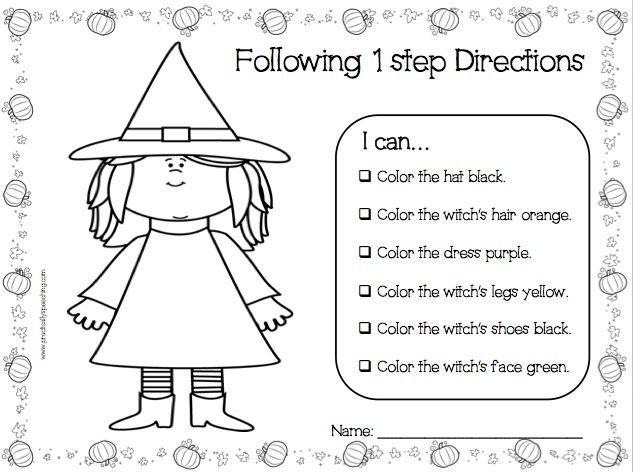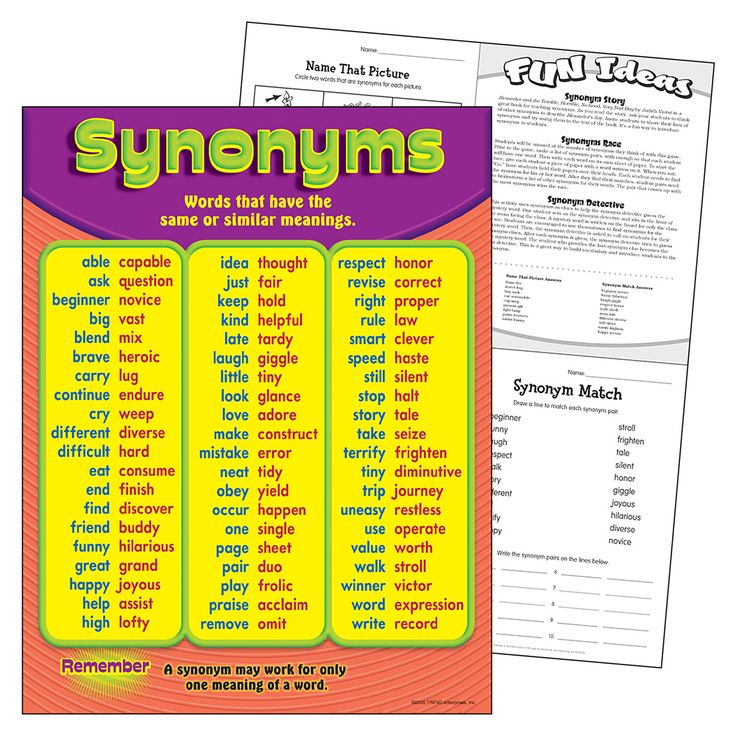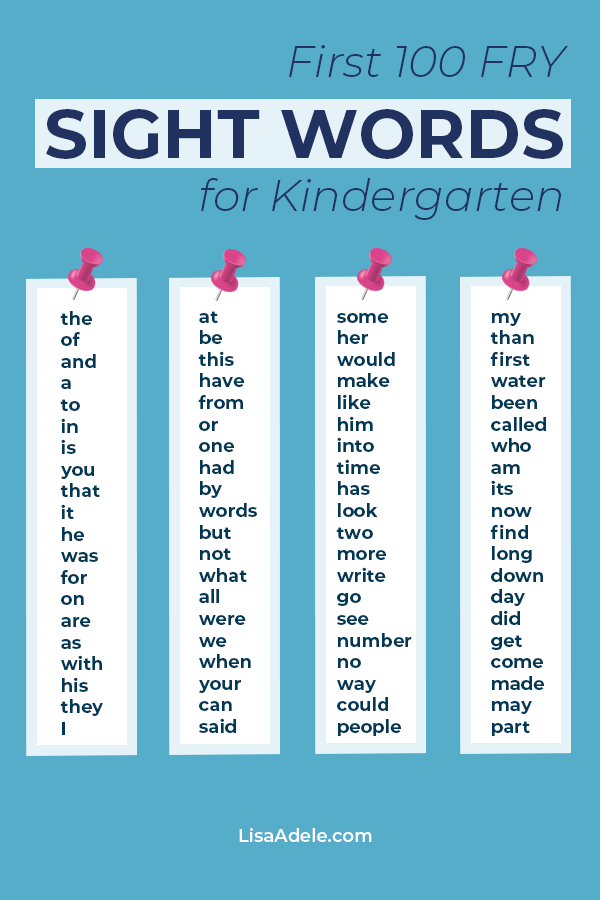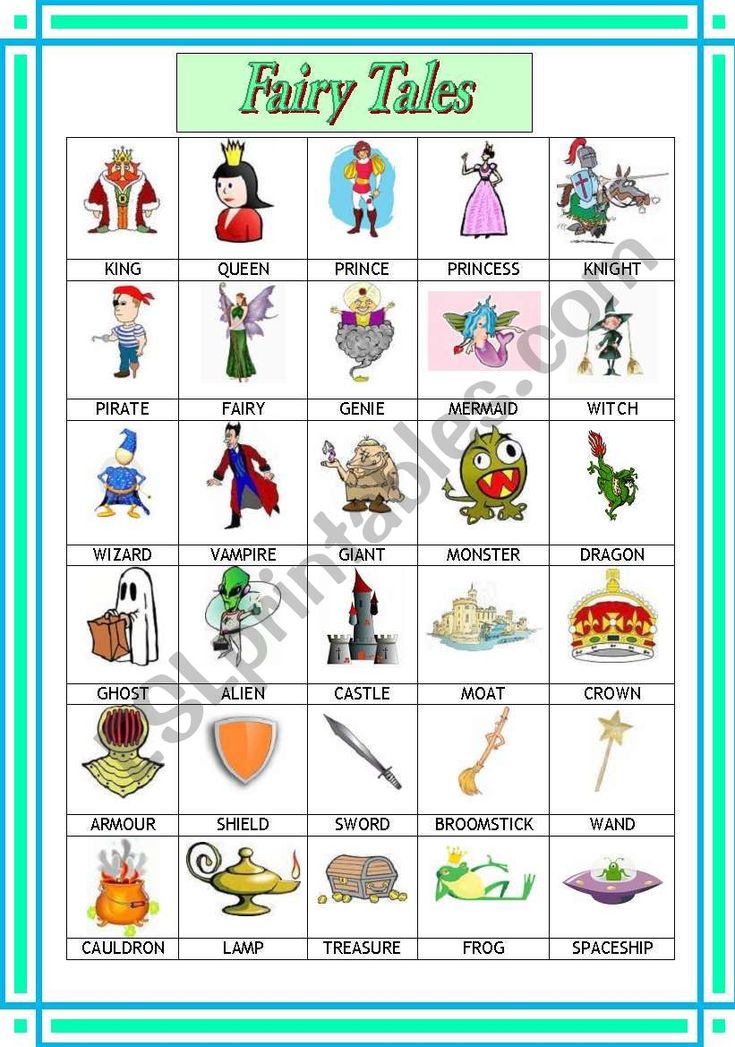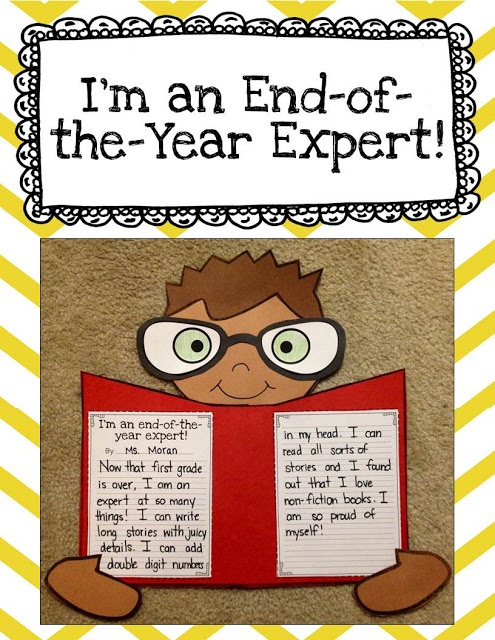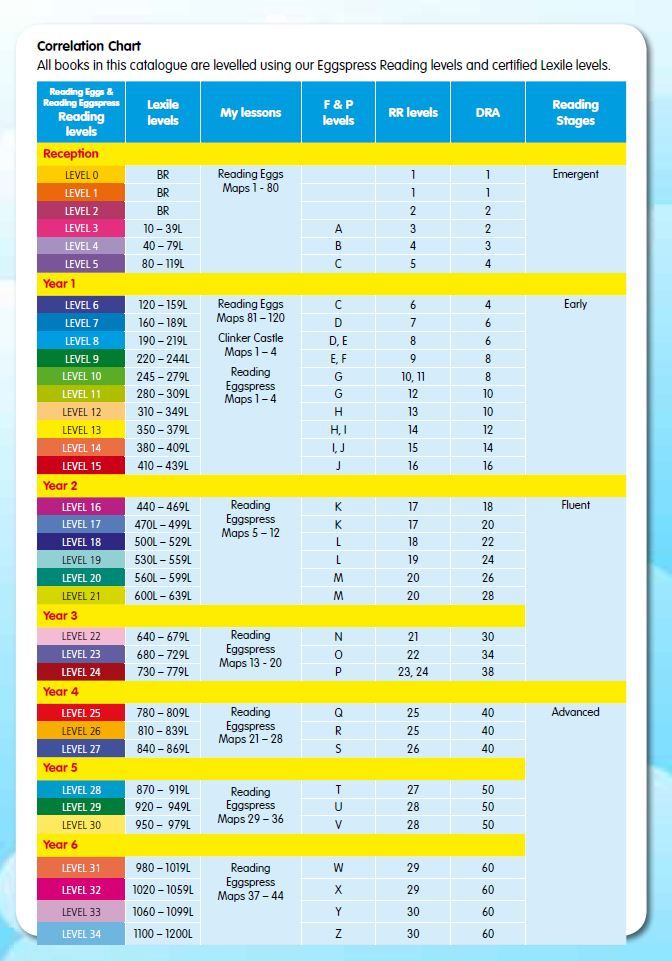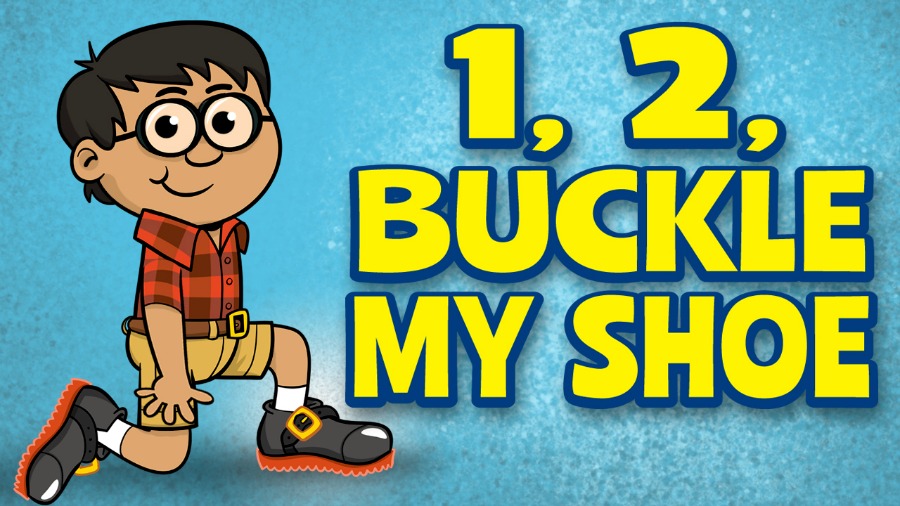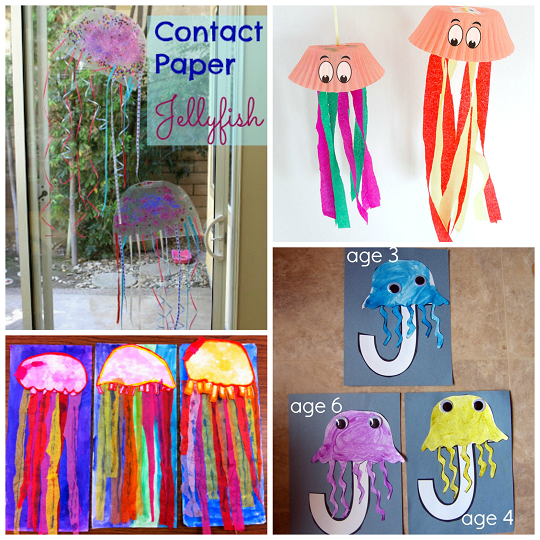Simple 1-step directions
Teach your toddler to follow simple 1 step instructions — Toddler Talk
Receptive Language Lessons
Written By Stephanie Keffer
Helping your child learn to follow simple everyday directions will make both of your lives easier. We’re talking about commands like “get your shoes,” “time to go,” and “brush your teeth.”
Most babies begin to understand and follow their first directions around nine months old, typically before they say their first word. Your child will likely learn to follow directions within the context of regular routines first, since they’ll be able to anticipate what you’re going to ask them to do.
I’m going to show you how speech therapists teach toddlers to follow these everyday one step instructions.
Tips for teaching your toddler simple one step instructions
Tip 1 - Start with “Give Me”It can be challenging at times to get your child to give something up. At first, try practicing with an object or toy that only you can make work. Bubbles are a great example of a toy that children need help opening and operating.
You might ask your child “Give me” in reference to the bubbles in their hand. Use gestures as needed to help your child understand your request, such as motioning for them to place the bubbles in your hand. When they give the bubbles to you, you open the container and blow bubbles, and your child experiences something that they like. Toys with buttons or wind-ups that activate sounds or actions are great options too.
Another idea is to put a toy or a snack in a bag or clear Tupperware so that your child needs assistance getting it out.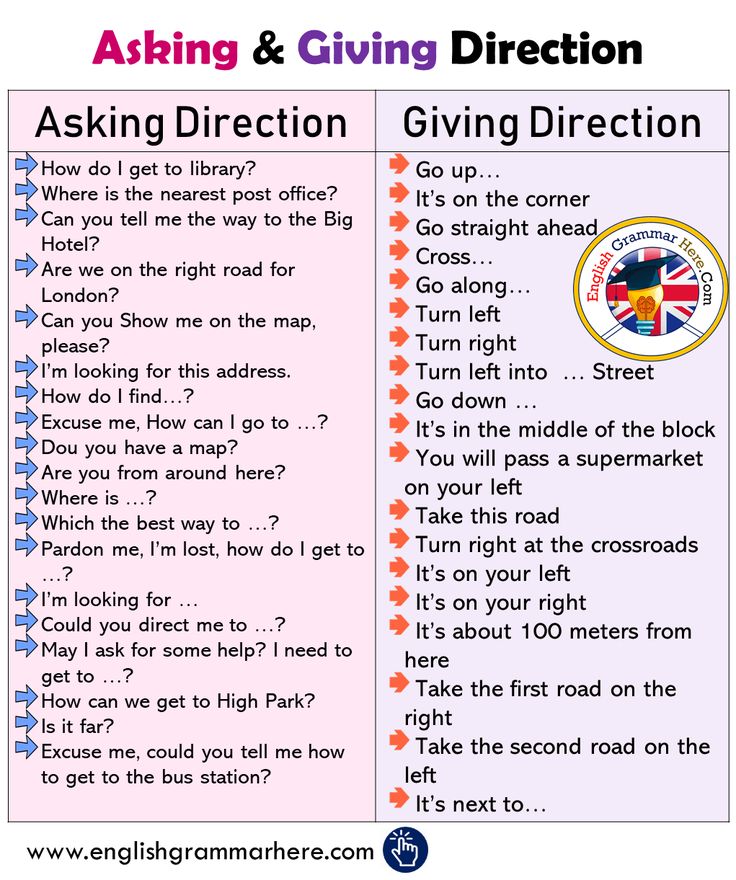 Hand them the sealed container, then say “give me” when they are unable to open it.
Hand them the sealed container, then say “give me” when they are unable to open it.
Remember, it’s important to keep practice positive and fun to improve participation and keep your child engaged with you.
Tip 2 - Practice next during your routine for leaving the houseA routine direction that many children learn early on is “Get your shoes” or “Put your shoes on.” Children can often anticipate this direction because you likely have a routine that you perform while getting ready to go to the park, like gathering your keys and bag. This is a great direction to practice because there’s a functional reason for why you do it.
When you ask your child to follow a direction that has a clear purpose, they are much more likely to comply than if you ask them to do something random. At this stage, it’s okay to provide your child with help - like showing them that you're grabbing your things, or pointing toward the door to indicate that it’s time to leave.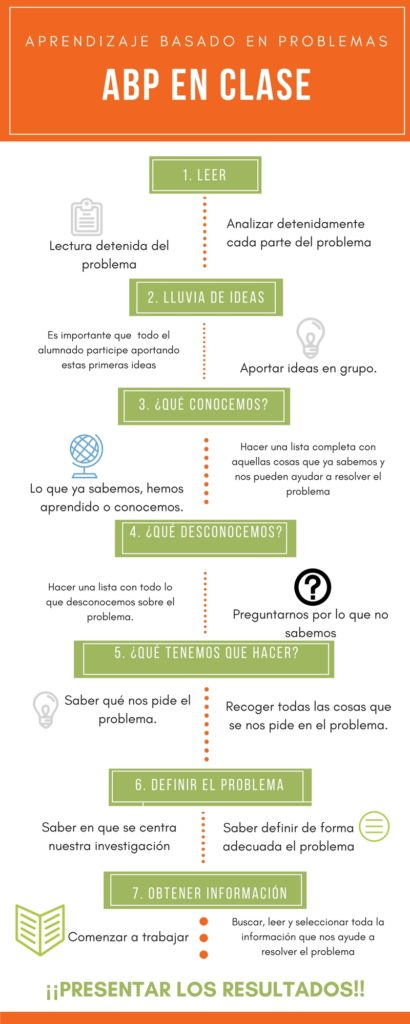
Be sure to say the direction the same way every time so they can become familiar with the precise words you are using.
Tip 3 - Practice with routine one step directions during an activity that your child enjoysNow I want you to think about the routines you do with your child every day. Pick one that your child especially enjoys, and have them help out. Give them the same job to do every day, and use the same direction each time.
For example, if your child likes helping you feed the dog every morning, you might have them “Get the bowl” every time. If your child loves snack time, you might practice “Sit at the table” every day. You may have to show your child exactly what to do at first, but over time, your child should be able to follow these directions on their own within the context of your routine.
One more tip — try to pick routines that allow extra time for your toddler to help, knowing that it may take a bit longer than if you were to do it by yourself.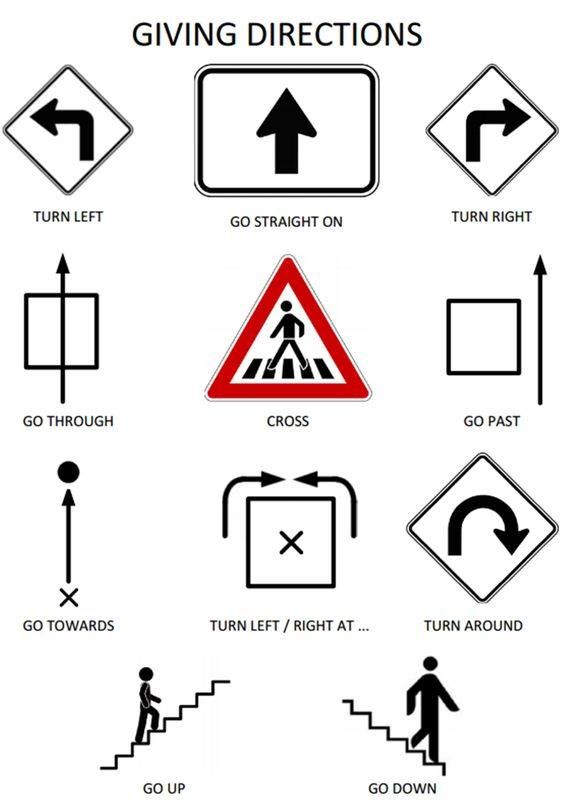 It’s hard to allow your toddler this learning time if you are running late to work, so pick routines that are less time-sensitive.
It’s hard to allow your toddler this learning time if you are running late to work, so pick routines that are less time-sensitive.
Download our activity guide for practicing with simple one step instructions at home ↓
At home activity for practicing with simple everyday commands:
Daily choresMaterials:Nothing outside of daily life. Specific materials depend on what directions you choose to focus on.
Set-up:Everyday directions mean things you say every day to your child or when your child is around. Choose 1 or 2 of these to actively practice with your child. These may be things like:
Throw diaper in the trash
Put in (put laundry in hamper, put clean clothes in drawer, put toys in bin)
Throw it away
Turn on/off light
Think about what you say frequently and during what activity.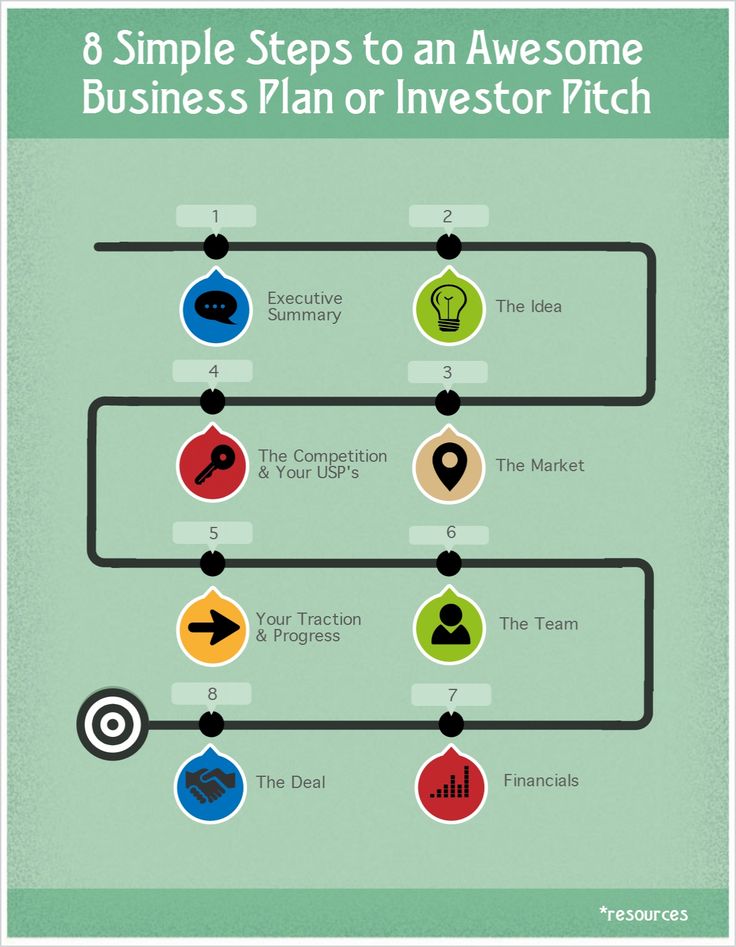 We want these to make sense within your daily routine. It doesn't make sense to ask your child to throw away a diaper, while you’re outside on the swings. But if you stop the swings to change his diaper or sibling’s diaper, NOW it would make sense to ask them to throw it away.
We want these to make sense within your daily routine. It doesn't make sense to ask your child to throw away a diaper, while you’re outside on the swings. But if you stop the swings to change his diaper or sibling’s diaper, NOW it would make sense to ask them to throw it away.
Note: Be purposeful in choosing what to work on. I purposely didn’t practice with things like my keys or my cell phone, even those are so fun and motivating, because I didn’t want to build the association that those are toys or things for my child, as they would inevitably then be throw in into a random box or bin while my child “helped” when I wasn’t looking 😀 That’s just a personal example, find what works for you and your family 😊
After you’ve chosen your 1 or 2 directions to focus on… pick one activity to practice that skill on, every single time you do it (or as much as possible). If you choose “put in”, and pair it with laundry, then be prepared to have your child “help” you with the laundry each day.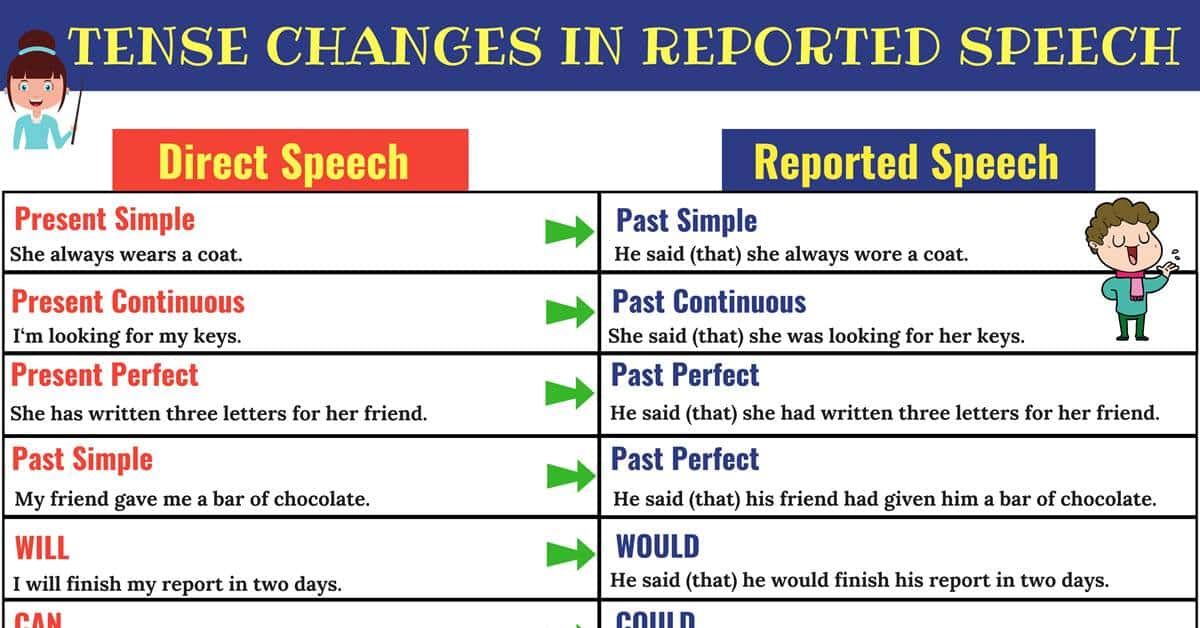 Or if you choose “throw away” paired with throwing out a dirty diaper, be prepared to have them throw out the diaper after all (or most) changes.
Or if you choose “throw away” paired with throwing out a dirty diaper, be prepared to have them throw out the diaper after all (or most) changes.
Make sure you share these tasks with other caregivers, so that your child is getting consistent practice.
Set up the situation. If your child is helping with “put in” for laundry, then have that laundry hamper ready when the dryer is done and then call your child over. Or if it’s throwing things away, make sure the trash can is accessible.
What to say:When the situation you’ve picked arises,
Verbally tell your child the direction “throw it away”... then pause, count to 3 or 5 in your head
After counting to 3, repeat it “throw it away.”
If they haven’t done it yet, take their hands and do it together with them, while again saying “throw it away.”
You can also build in the routine by calling their attention to what you’re doing… with an extra emphasis on the direction part of your narration. Examples such as: “eeeew this diaper is so stinky! So much pee pee! THROW IT AWAY, ew yuck!” or “Nice warm clean clothes. Yay. Clean clothes go IN the hamper. Let’s PUT IN the hamper”
Examples such as: “eeeew this diaper is so stinky! So much pee pee! THROW IT AWAY, ew yuck!” or “Nice warm clean clothes. Yay. Clean clothes go IN the hamper. Let’s PUT IN the hamper”
When the task is done, give specific praise. “You/we did it. We put all the clothes IN the hamper! Thanks for helping me”
Then the next time that situation arises, practice it again. Over time, your child will need less repetitions, and less practice doing it with you.
© 2020-2022. Stephanie Keffer, MS CCC-SLP. All Rights Reserved.
The content offered on ToddlerTalk.com is for informational purposes only. Toddler Talk is not engaged in rendering professional advice, whether medical or otherwise, to individual users or their children or families. No content on this site, regardless of date, should ever be used as a substitute for direct medical advice from your doctor, speech language pathologist, or other health professional.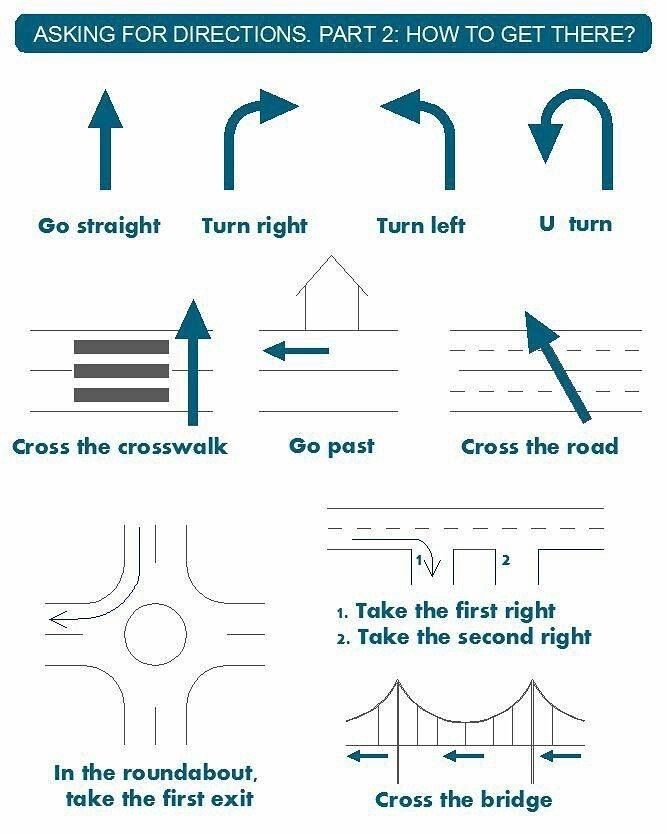 By accessing the content on ToddlerTalk.com, you acknowledge and agree that you are accepting the responsibility for your child’s health and well-being. In return for providing you with information related to home speech and language practice, you waive any claims that you or your child may have as a result of utilizing the content on ToddlerTalk.com.
By accessing the content on ToddlerTalk.com, you acknowledge and agree that you are accepting the responsibility for your child’s health and well-being. In return for providing you with information related to home speech and language practice, you waive any claims that you or your child may have as a result of utilizing the content on ToddlerTalk.com.
Stephanie Keffer
Teaching One Step Directions: 7 Steps For Success!
Teaching one step directions to young children with autism can be a struggle! Every school year, I have new students who have goals and objectives for imitation and following one step directions. Every year, my team and I start with the basics when teaching them. I’ll be honest and tell you that when I have a student that is not able to imitate me yet, I panic a bit. Imitation is a KEY to learning! As a speech/language pathologist, I need to get on that ASAP. Let me let you in on a secret…I don’t panic anymore. This is because I have put a system into place that works! I hope this system and hierarchy for teaching children with autism imitation and one step directions works for you too! First, just a little dose of reality.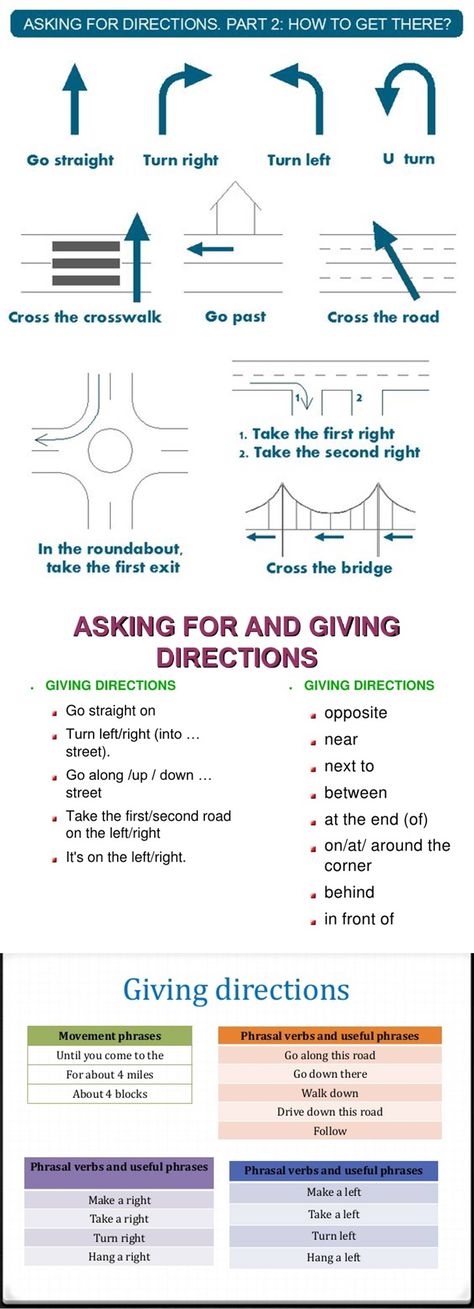 For some children, this hierarchy works really quickly and they make fast progress. For others, it can feel slow and a bit arduous. Just keep pressing forward! Some students just need a LOT of repetition to make that connection in their brains. They will get there!
For some children, this hierarchy works really quickly and they make fast progress. For others, it can feel slow and a bit arduous. Just keep pressing forward! Some students just need a LOT of repetition to make that connection in their brains. They will get there!
It’s best to teach motor imitation before moving on to more complex skills like following one and two step directions or verbal imitation. This skill is such a huge building block for everything else. It should be one of the first things on your radar when you start working with a new student who doesn’t exhibit this skill yet. To start, say “do this” and clap your hands. If your student is not able to copy you, follow these steps:
1. Full Physical Cue
Start with the cue “do this”. After giving that cue, you perform the motor action (clap hands). Then immediately use a full physical cue to help the student clap their hands (hand over hand prompting). Use a data sheet and track how they are doing.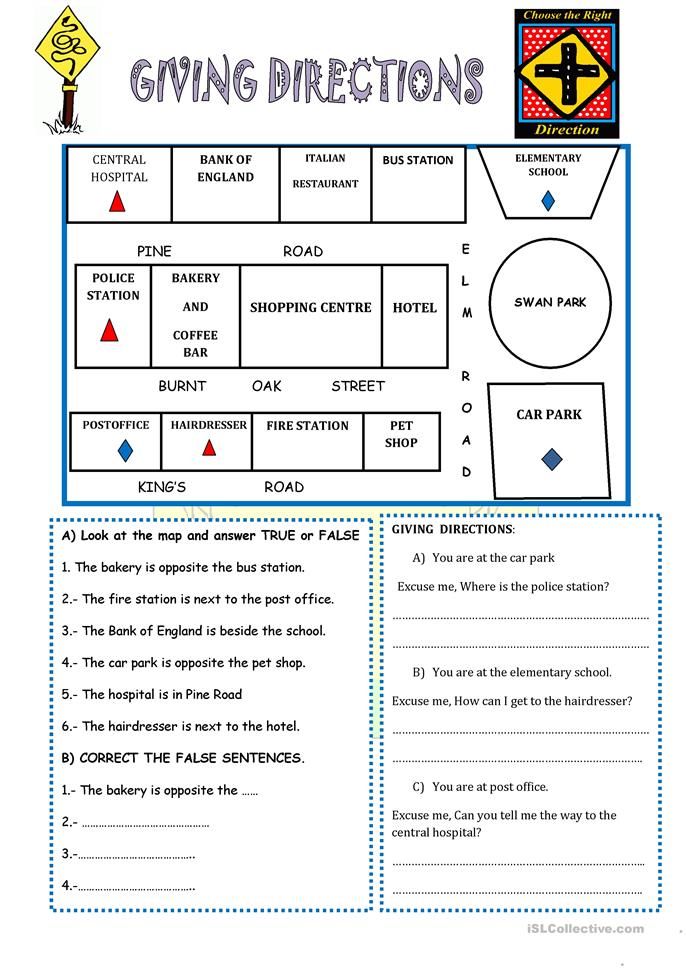
2. Partial Physical Cue
Give the cue “do this”. Then place your hands on your student’s elbow and push in a bit to see if it cues them to finish the motor action of clapping their hands.
3. Verbal Cue Only
Say “do this” and clap your hands. When your student is able to imitate this consistently, then move on to a new action, such as “stomp feet”. When introducing a new motor action, you may have to back up to step 1 in order to help them learn it. Once it is mastered, you can start to alternate between the two actions and take data. After that, continue on until your student can imitate a variety of motor actions. I usually start with 10 motor actions. Once they have those down, give yourself a high five and move on to step 4.
Next, you will move from IMITATION to teaching the child to follow simple VERBAL directions. Start with the same motor action(s) that you have just taught.
4. Verbal Direction With Visual Cue
Research shows time and time again that children with autism are visual learners.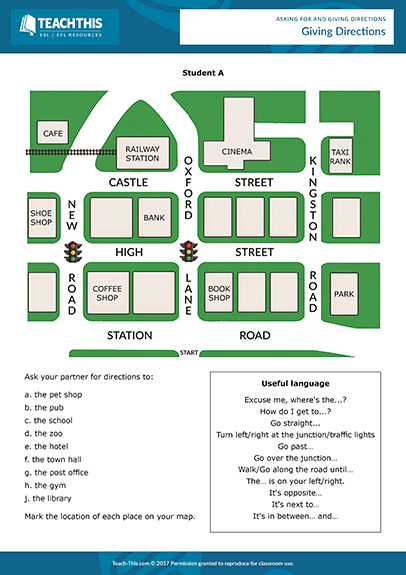 A visual cue that shows them what to do can be very helpful. It can bridge the gap in understanding how to follow one step directions. Use a picture depicting what you want your student to do (e.g. “clap hands”). You can take real pictures or purchase a simple set of visual supports that provides a clear visual cue for your student. Give the direction “clap hands” at the same time that you show the picture. Take data. If they are not able to follow the verbal direction using the visual cue, move to step 5.
A visual cue that shows them what to do can be very helpful. It can bridge the gap in understanding how to follow one step directions. Use a picture depicting what you want your student to do (e.g. “clap hands”). You can take real pictures or purchase a simple set of visual supports that provides a clear visual cue for your student. Give the direction “clap hands” at the same time that you show the picture. Take data. If they are not able to follow the verbal direction using the visual cue, move to step 5.
5. Verbal Direction Full Physical Cue
For step 5, you will want to pair the visual cue card with the verbal direction (“clap hands”). Immediately use a full physical cue to help the student clap their hands (hand over hand prompting). Use a data sheet and track how they are doing. Please be mindful of children who are don’t like to be touched.
6. Verbal Direction Partial Physical Cue
Similar to the previous step, for step 6 you will pair the visual cue card with the verbal direction (“clap hands”).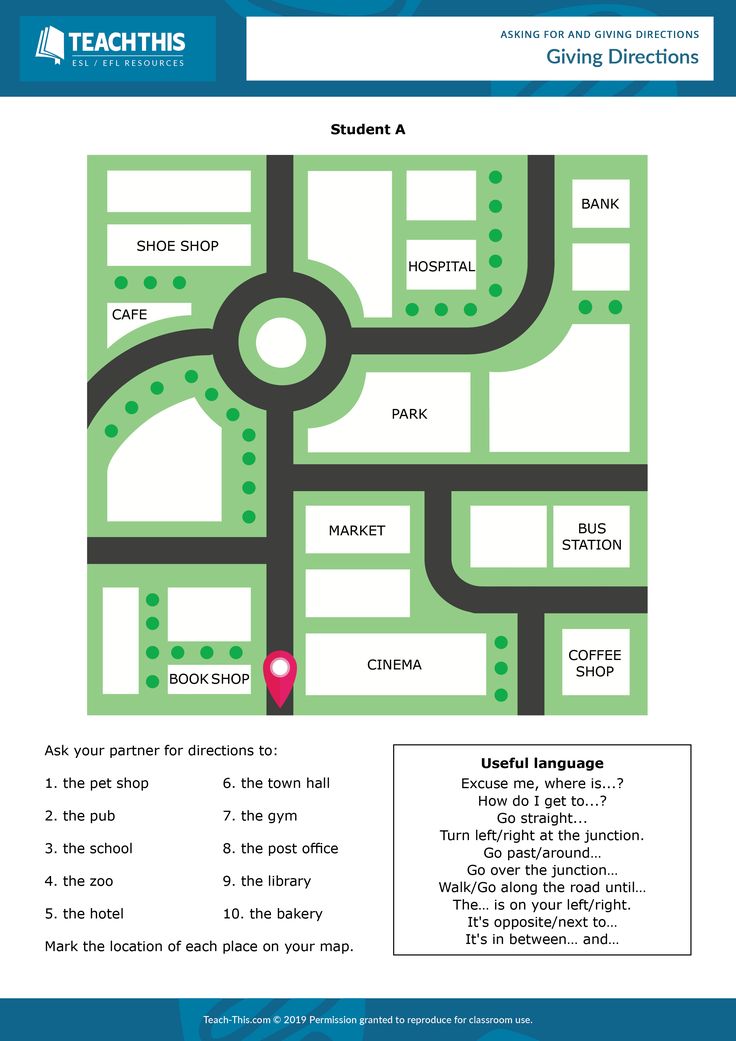 Next, place your hands on your student’s elbows and push in a bit to see if it cues them to finish the motor action of clapping their hands.
Next, place your hands on your student’s elbows and push in a bit to see if it cues them to finish the motor action of clapping their hands.
You may go back and forth between steps 4-6 for a while before you move on to step 7. When your student can consistently follow the verbal direction when it is paired with a visual cue, remove the visual cue. See if they are able to follow the direction with only the verbal cue.
7. Verbal Direction Only
The final step is to give only the verbal direction. For example, say “clap hands” and give some wait time if needed. Take data to make sure you know if you are making progress.
| Click here to see the visual supports for one step directions. |
Tips To Remember
Occasionally you will have a student who doesn’t follow this exact order (doesn’t understand “do this”, but learns to follow the verbal direction with a visual cue).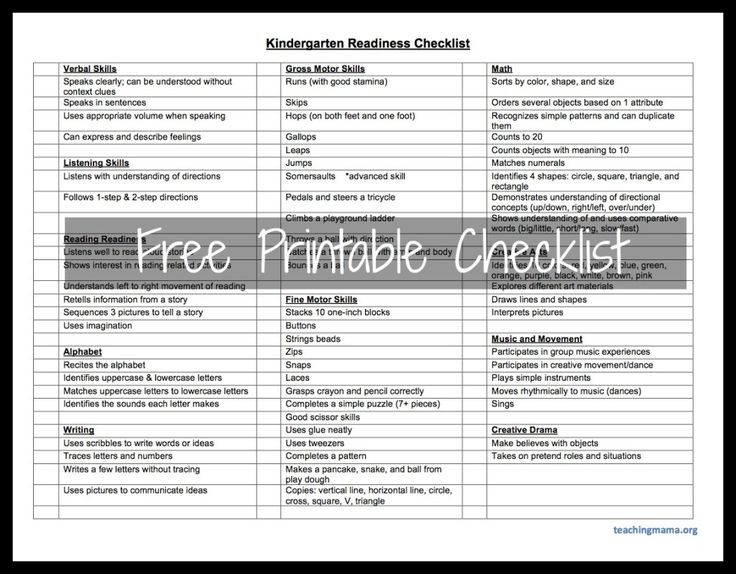 That’s okay! Just move on to what they respond best to.
That’s okay! Just move on to what they respond best to.
Reward often! Some children need to be rewarded (praise, bubbles, tickles) after each attempt. Others can do several trials before they need a reward. If your student is trying to walk away or is starting to become stressed or upset, that is a cue to YOU to reward more often. It is also important to find a reward that is motivating to the student. That’s another blog post!!! LOL!
I created a set of data sheets to use when teaching children with autism how to imitate motor actions and follow one step directions. It includes 2 cue cards with the steps for teaching children with autism how to imitate motor actions and follow one step directions. They are yours for free!
Final note: If your student with autism has gone through and mastered all 7 steps to learn imitation and one step directions, it is time to move on to following one step directions by looking at picture scenes and then moving on to following two step directions.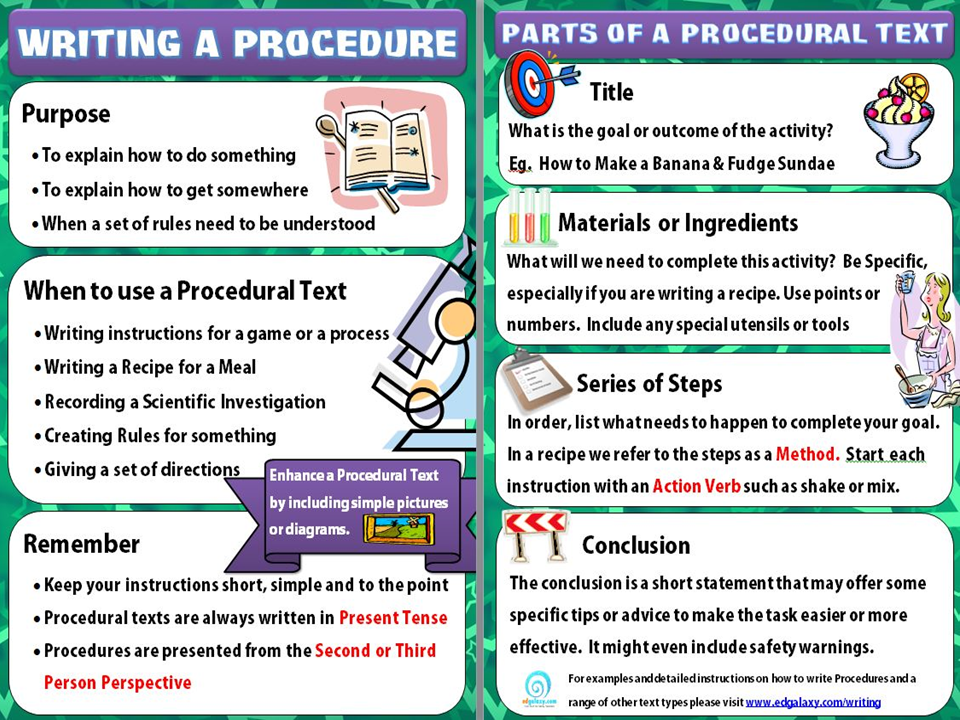 Finally, start embedding concepts into the two step directions!
Finally, start embedding concepts into the two step directions!
Recommendations for activities for following one and two step directions:
One step directions Set 1
One Step Directions Set 2
One Step Directions Year Round Thematic Bundle
Two Step Directions
Two Step Directions With Embedded Concepts
Two Step Directions Year Round Thematic Bundle
Also, for additional training Click here to watch the Facebook Live Mini-Training titled “7 Steps To Teaching One Step Directions”.
Subscribe to my email list & receive this FREE Ultimate Guide for Targeting Language Skills in Young Children with Autism. Click HERE to join: https://bit.ly/3rWUXlZ| The Ultimate Guide for Targeting Language Skills in Young Children with Autism |
I would love to hear your comments below! Is this helpful? What else would you like to see from me? Thank you for everything you do & for being a part of the Autism Little Learners Community 💛🍎
| To date, one of the most effective methods of correcting autism is behavioral therapy or the method of applied behavior analysis ABA (Applied behavior analysis). 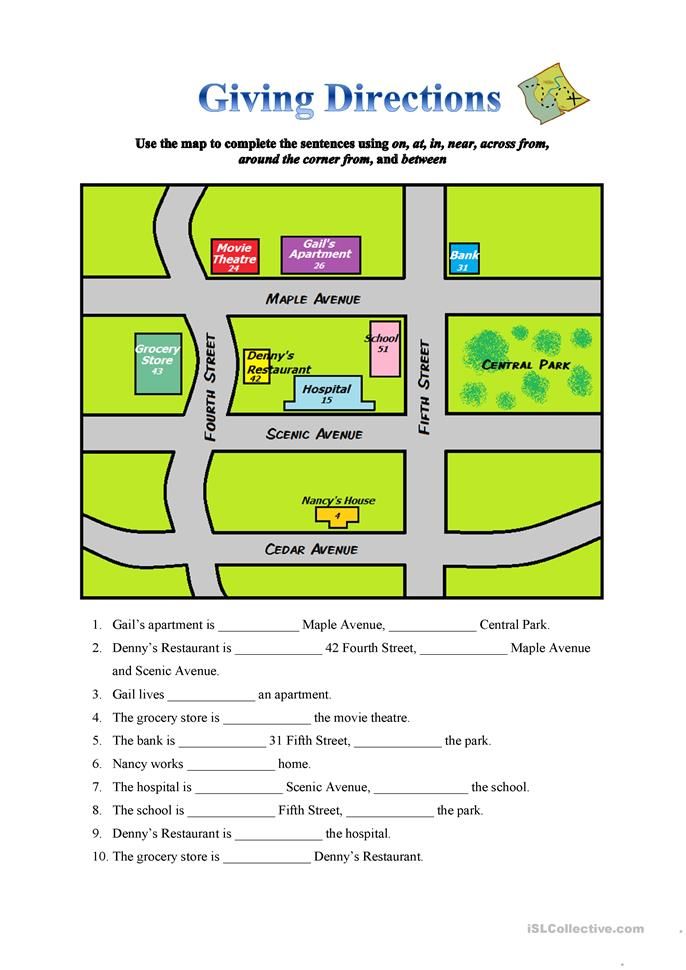 Today, one of the most effective methods of correcting autism is behavioral therapy or the ABA method of applied behavior analysis (Applied behavior analysis). ABA Therapy is an intensive training program based on behavioral technologies and teaching methods. ABA as a scientific discipline studies the influence of factors in the environment on behavior and manipulates these factors in order to change human behavior. The ABA method for working with children with autism was first used by Dr. Ivar Lovaas and colleagues at UCLA in 1963 year. The idea was taken as a basis that any behavior entails some consequences, and if the child likes the consequences, he will repeat this behavior, and if he does not like it, he will not. With this approach, all complex skills, including speech, creative play, the ability to look into the eyes and others, are divided into small blocks - actions. Each action is learned with the child separately, then the actions are connected in a chain, forming a complex action. Within the framework of the ABA training program, the child is always led, his freedom and initiative are limited by the choice of the teaching adult. An individual development plan is drawn up for each child. A child can master two or three unrelated skills at the same time, the teacher builds a clear system of complication and gradual mastering of more and more new skills. ABA's ultimate goal is to give the child the means to explore the world around them on their own. ABA has several hundred programs in its arsenal, including non-verbal and verbal imitation, general and fine motor skills, language understanding, naming objects, naming actions, classifying objects, "show how you are . There are several therapeutic models in ABA therapy, designed for early childhood (from 1.5-3.5 years), preschool and school age, adolescents and adults. At an early age, the correction of undesirable behavior is most effective, since such behavior has not yet had time to gain a foothold, and it is easier for an adult to cope with a child in case of directed aggression or self-aggression of a child with autism. Early Intervention Program should be intensive - 30 to 40 hours a week so that the child can learn the necessary behavioral skills and overcome the developmental delay. The ABA specialist first identifies the child's behavioral problem, then "measures" (studies and observes the behavior), which results in an evaluation and development of a learning strategy ("intervention"). During ABA training, several specialists of various specializations work with a child every day (a defectologist in behavioral skills, a music therapist, an art therapist), and control is carried out by a supervisor - a specialist in methodology. Specialists consistently work with the child for two to three hours (doing five to six programs during this time), two or three specialists can consistently work with the child during one day, and the child receives five to six hours a day. All actions on the programs are recorded in the general journal of work with the child, coordinating the actions of specialists. ABA can be performed at home, in an educational institution, in a children's club. Classes can be individual and group - in small groups (two or three people) and large (five to ten people). The number of hours in the curriculum may vary depending on needs and opportunities. The average number of hours in the ABA program is 20 hours per week. It is important that the child's parents be an integral part of the child's team, educate the child on the basis of behavioral learning principles and help him generalize all the skills he has learned in the program. For children of preschool age, regardless of the level of development of skills, training in the system of special education is recommended. Homeschooling can be a limited environment in which a child cannot learn important skills such as being in a peer group, learning in a group, interacting with different people. Part of the learning may remain individualized, especially for children with low language skills or for children who have not been previously trained and have not learned how to interact with adults. Despite the rigor of the training program, the ABA methodology is suitable for severe forms of autism, Down's syndrome and severe forms of intellectual disability. The choice of this particular technique is justified if the child's behavior is not controlled by relatives, he does not respond to requests and prohibitions, does not respond to the name, does not strive for communication, does not have speech, or speech is so poorly developed that the child can hardly ( or unable) to express their thoughts and desires. Download 400.5 Kb. Share with your friends: |

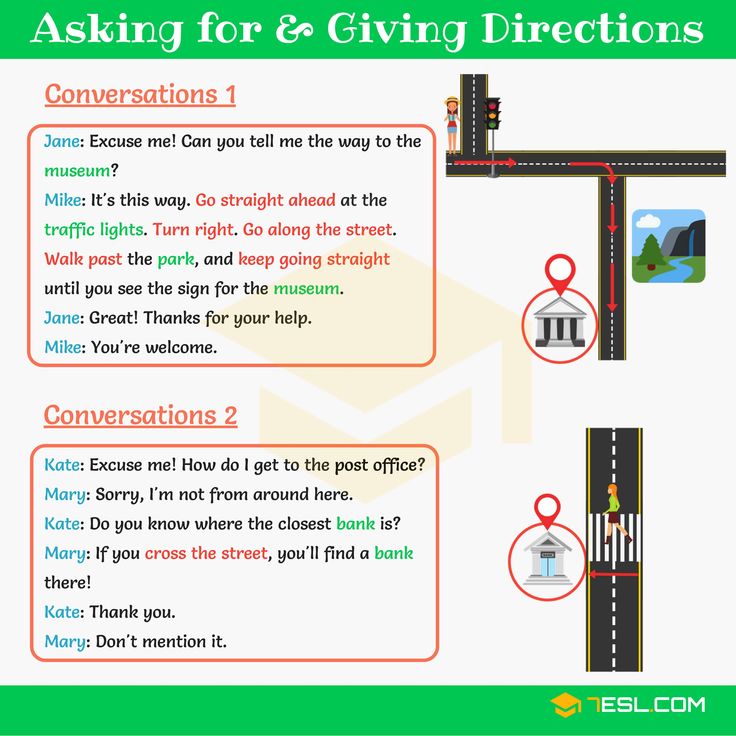 The adult does not try to give the initiative to the child, but quite rigidly manages his activities. Correct actions are fixed to automatism, wrong ones are strictly suppressed. To achieve the desired behavior, cues and incentives, both positive and negative, are used. A skill is considered fixed only when the child can perform this action without errors in 80 percent of situations, regardless of the atmosphere in which and by whom the task was given.
The adult does not try to give the initiative to the child, but quite rigidly manages his activities. Correct actions are fixed to automatism, wrong ones are strictly suppressed. To achieve the desired behavior, cues and incentives, both positive and negative, are used. A skill is considered fixed only when the child can perform this action without errors in 80 percent of situations, regardless of the atmosphere in which and by whom the task was given.  ..", pronouns, answers to questions "What?", "Who?", "Where?", "When?", "How?", the use of "yes" and "no", and others. Among the higher-level programs are "Tell me what will happen if ..." (anticipates the outcome of the action), "Tell a story", "Do like (peer name)", "Call (peer name) to play."
..", pronouns, answers to questions "What?", "Who?", "Where?", "When?", "How?", the use of "yes" and "no", and others. Among the higher-level programs are "Tell me what will happen if ..." (anticipates the outcome of the action), "Tell a story", "Do like (peer name)", "Call (peer name) to play." 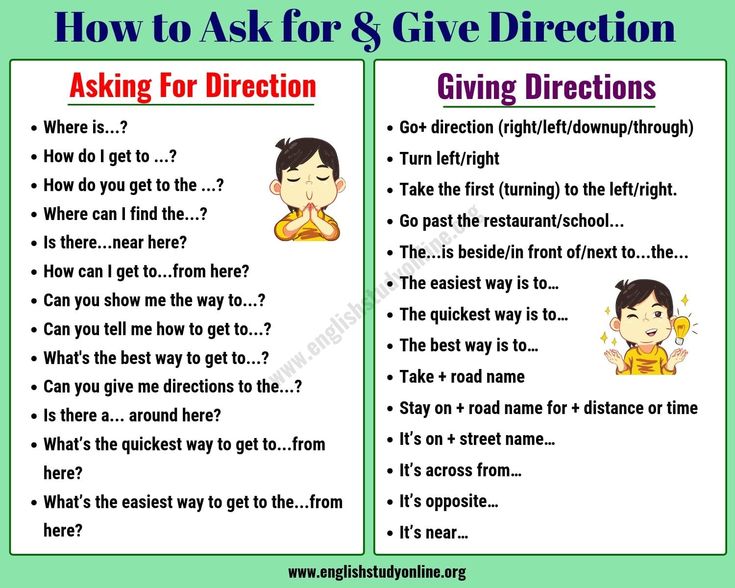
 The minimum number of hours in an ABA program is six hours per week, the maximum is 40.
The minimum number of hours in an ABA program is six hours per week, the maximum is 40. 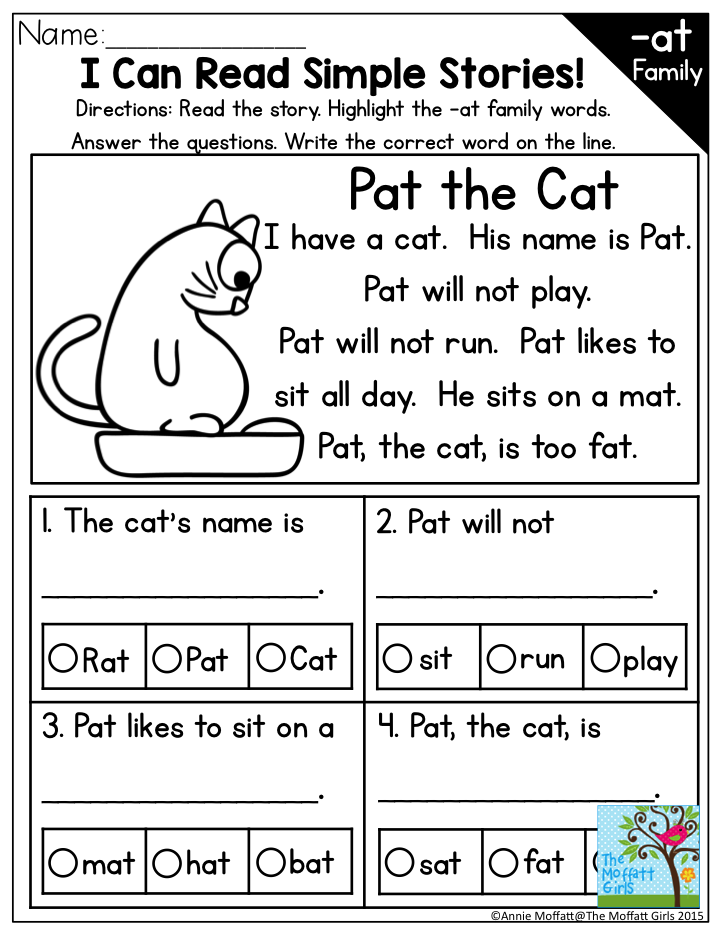
 Speech arises and develops in ontogenesis as a means of communication with adults. The first words of a child addressed to an adult express elementary requests and demands. In parallel with the development of communicative, active speech, the process of formation of its regulatory function takes place. L.S. Vygodsky presented this process as follows: at the first stages, the child perceives the instructions of the adult addressed to him and subordinates his behavior to them. Then, turning to adults for help, he controls their behavior. At the third stage, the child organizes his own behavior according to a social type, applying to himself those speech statements that he previously applied to another.
Speech arises and develops in ontogenesis as a means of communication with adults. The first words of a child addressed to an adult express elementary requests and demands. In parallel with the development of communicative, active speech, the process of formation of its regulatory function takes place. L.S. Vygodsky presented this process as follows: at the first stages, the child perceives the instructions of the adult addressed to him and subordinates his behavior to them. Then, turning to adults for help, he controls their behavior. At the third stage, the child organizes his own behavior according to a social type, applying to himself those speech statements that he previously applied to another. 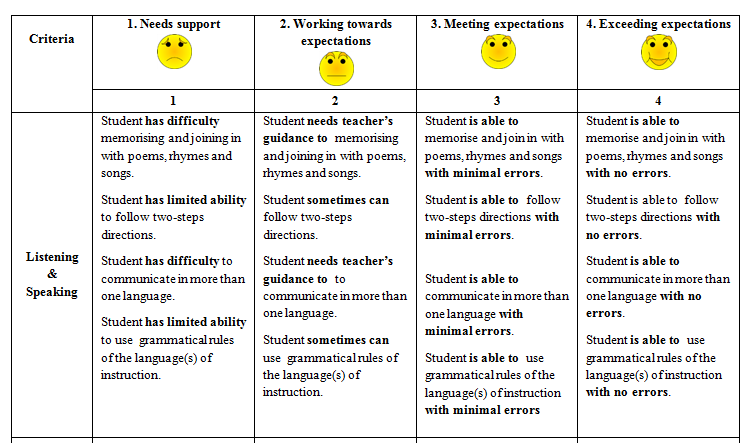
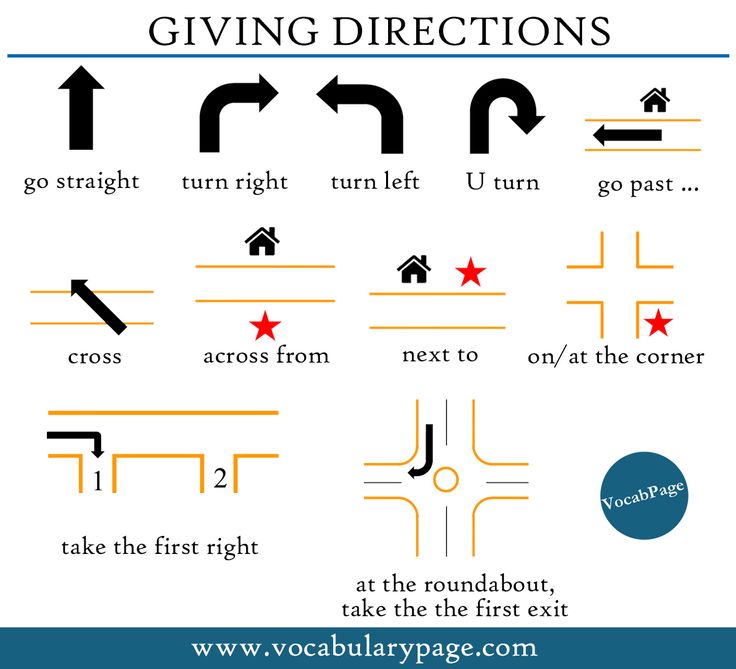 All this means that the lag in the development of communicative speech is accompanied by an underdevelopment of its regulatory function.
All this means that the lag in the development of communicative speech is accompanied by an underdevelopment of its regulatory function. 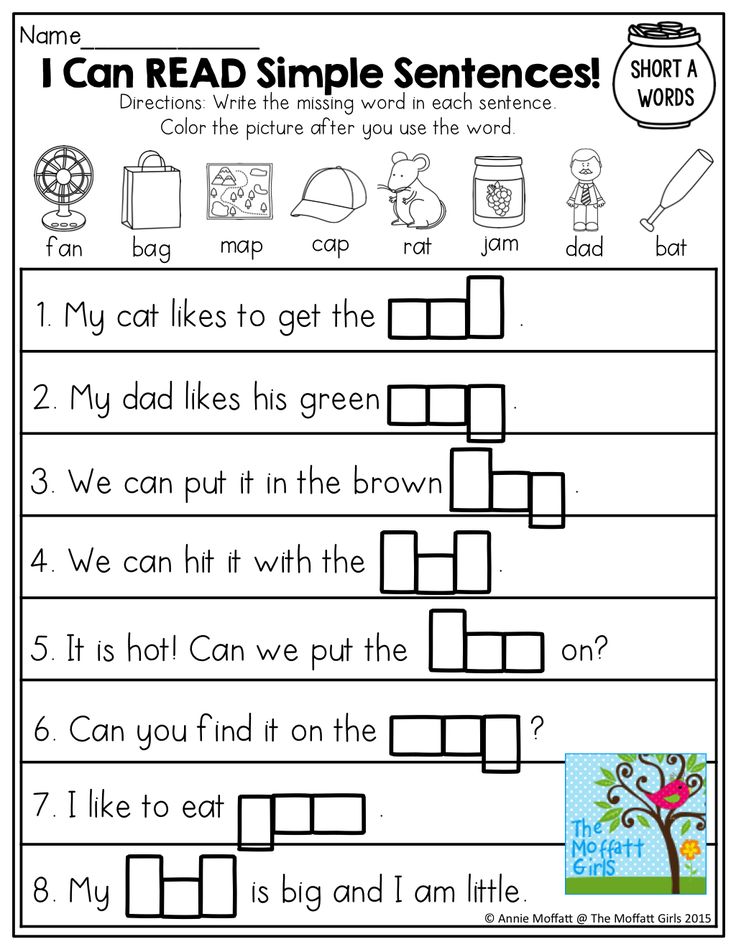 The result of moral education is the emergence and approval of a certain set of moral qualities in the individual. And the more firmly these qualities are formed, the less deviations from the moral principles accepted in society are observed in a person, the higher the assessment of his morality by the environment.
The result of moral education is the emergence and approval of a certain set of moral qualities in the individual. And the more firmly these qualities are formed, the less deviations from the moral principles accepted in society are observed in a person, the higher the assessment of his morality by the environment. 